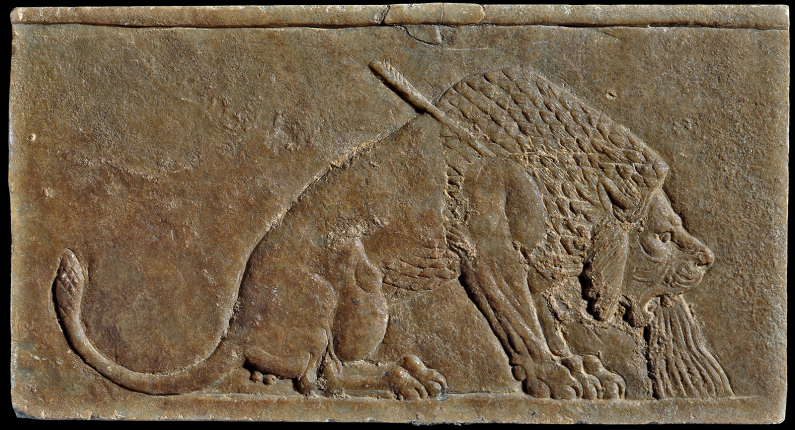


Speaker James Osborne is a University of Chicago assistant professor whose research focuses on the "neglected" Syro-Anatolian city states founded in modern Syria and Turkey millennia ago.
Osborne said that serious study of this region has been impeded by the modern geopolitical border and a scholarly preference for the neighboring Greek and Neo-Assyrian cultures. In the case of Osborne's lecture, scholarship was endangered again--this time, by baseball.
"The only thing which could tear me away from the Cubs in the seventh game of the World Series is a lecture by James Osborne," said Director of the Oriental Institute Gil Stein to an audience of about 50 people.
Osborne argued that while the Syro-Anatolians were not as impactful on Greek culture as the Phrygians, not as militarily powerful as the Neo-Assyrians, and not as influential on modern culture like the writers of Biblical texts, they still deserve "a place at the Iron Age table."
The Syro-Anatolian city states reached their peak during the Iron Age II era, which stretched from 925-700 B.C.E., Osborne said. Modern understanding of the culture's political and artistic achievements has been further clouded by the complicated nature of historical sources.
Osborne said that written sources from Syro-Anatolia exist in multiple languages, including Luwian. Unlike the west-Semitic languages of Aramaic and Phoenician, Luwian is Indo-European, and has some English cognates.
Linguistic and archeological research has provided evidence which suggests that sea peoples, like the Mycenaeans and Philistines, may have lived in Syro-Anatolian city states--"exciting news" for the Near East archeology community, Osborne said.
The Oriental Institute's involvement with Syro-Anatolian excavation dates back to the 1930s, when archaeologists excavated the ancient city Tell Tayinat. Because World War II was looming, university researchers were forced to prematurely abandon the site.
Osborne returned to the site in 2004 with the University of Toronto and discovered complexity at the level of city planning.
Tell Tayinat was arranged in three sections: a lower town for common inhabitants, an acropolis, and the palace compound. Each area was restricted by gates emblematic of the king and the city itself.
"This developed sense of monumentality is really unique and perhaps more sophisticated than has been appreciated thus far," Osborne said.
Oriental Institute research assistant Oya Topcuoglu said she attended the lecture out of solidarity, since she also studies the Syro-Anatolian city states.
"The Syro-Anatolian civilization deserves more attention," Topcuoglu said. "They were not small, weak, inefficient vassals to the Neo-Assyrians. They had their own arts, their own cities, their own culture."
Kay Wier, a member of the Oriental Museum for over 20 years, said Osborne's niche interest in the region made this lecture especially enriching.
"Usually when you consider the region, you think of the Hittites and Assyrians," Wier said. "This is a new culture to explore."

or register to post a comment.